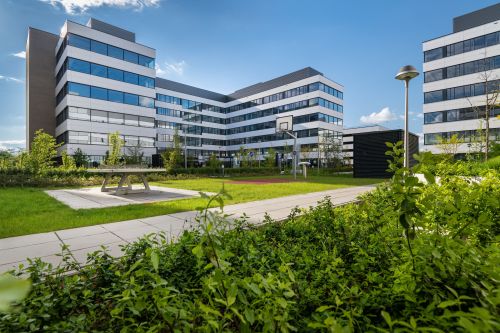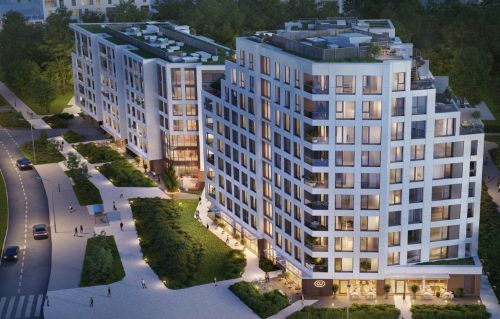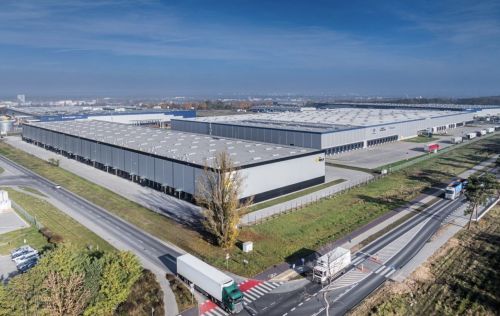Golfers should be delighted with the number of residential developments integrated with golf courses springing up 
all over the region. The number of people interested in buying such properties is growing too and investors are looking ahead to a rosy future. But is this optimism well-founded? Mladen PetrovSome speak of a crisis. Others prefer to call it ‘market normalization’, while a third group talks of a ‘momentary wobble’ or ‘correction’. Regardless of the term used to describe the current state of the residential market in Central and Eastern Europe, one fact is indisputable: homes are no longer selling like hot cakes, leading to much unease among developers and investors. But a close look at the market reveals that there is one such group which has much less to worry about than others. These companies have fallen in love with a sport which is often regarded as the very quintessence of tedium a
























































